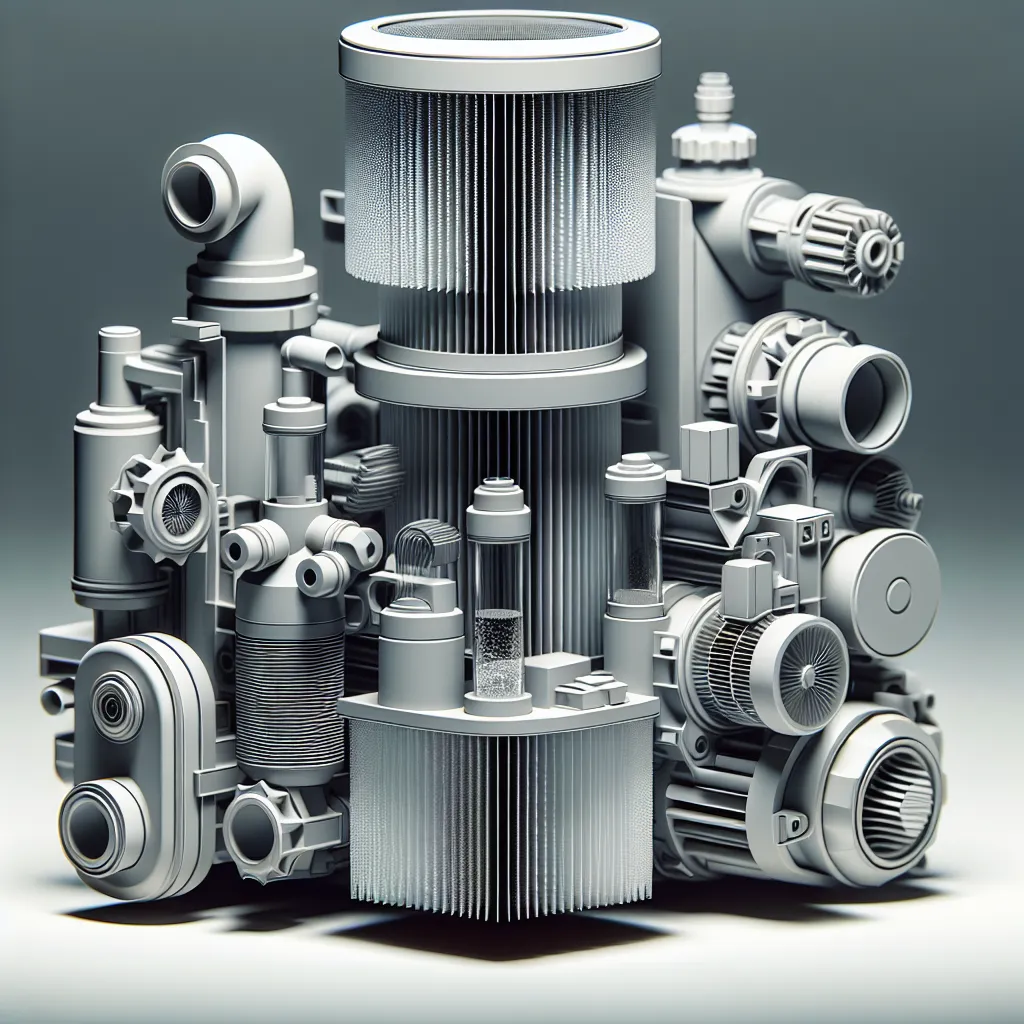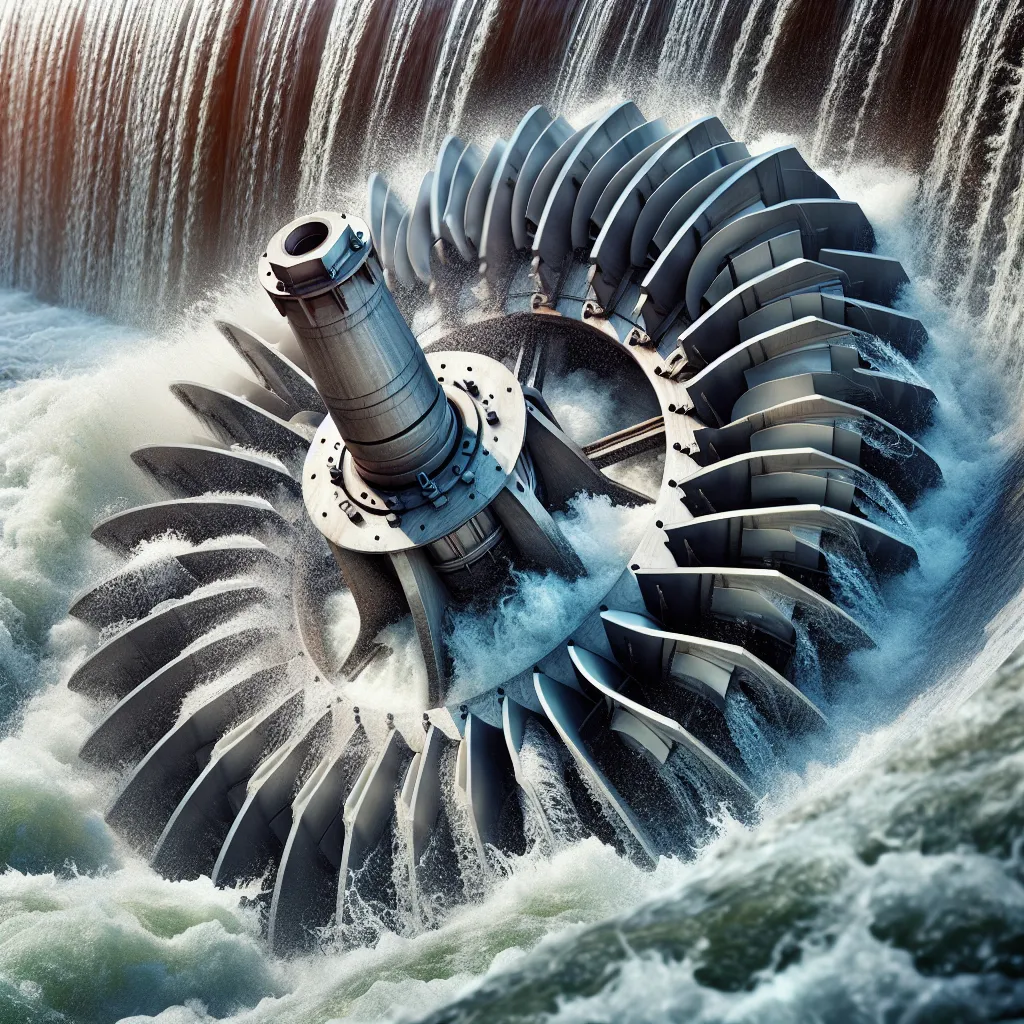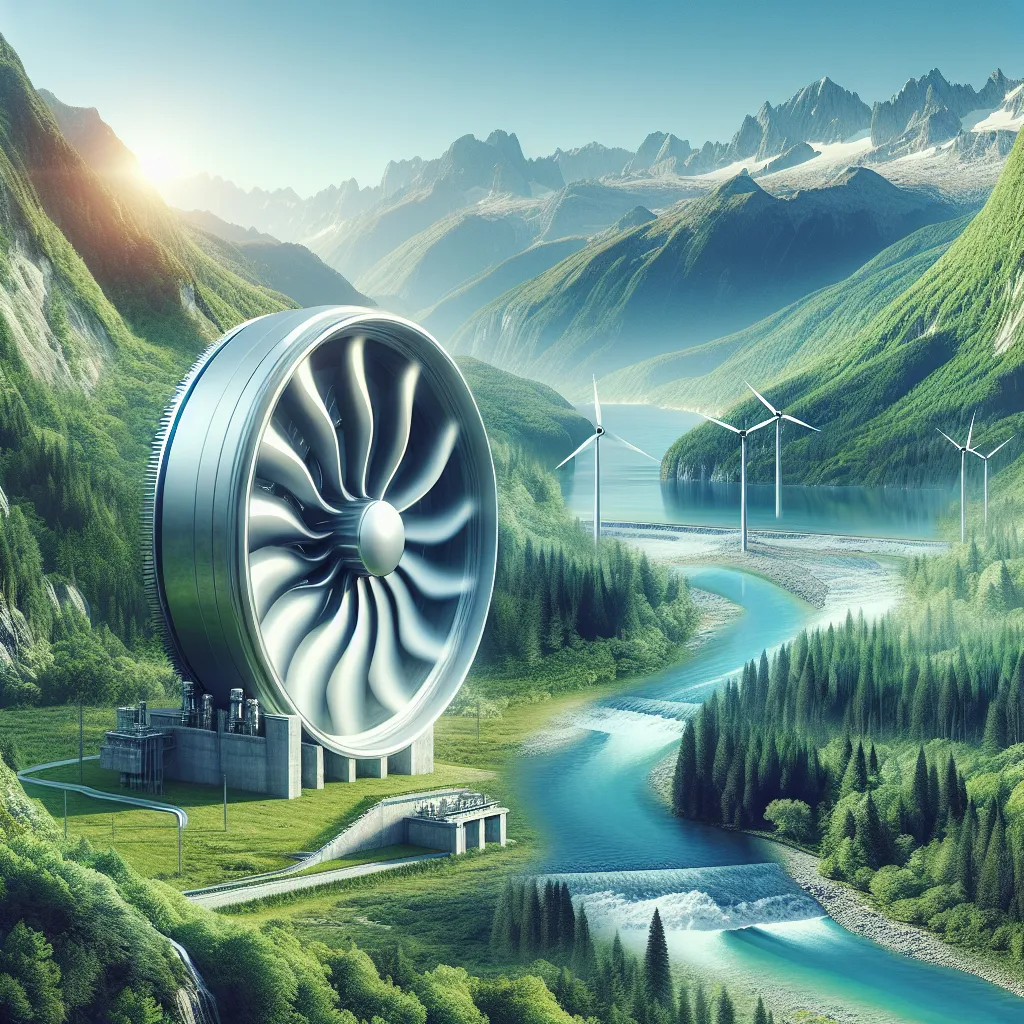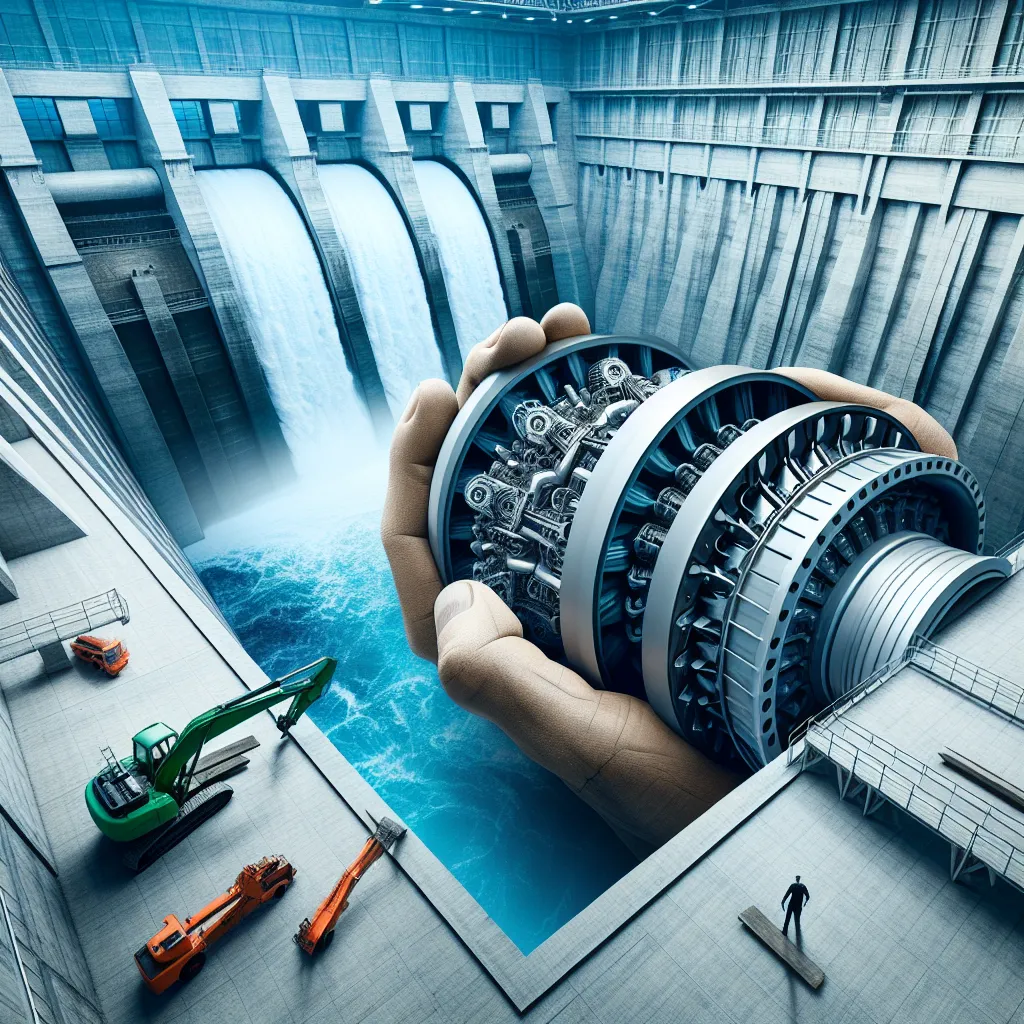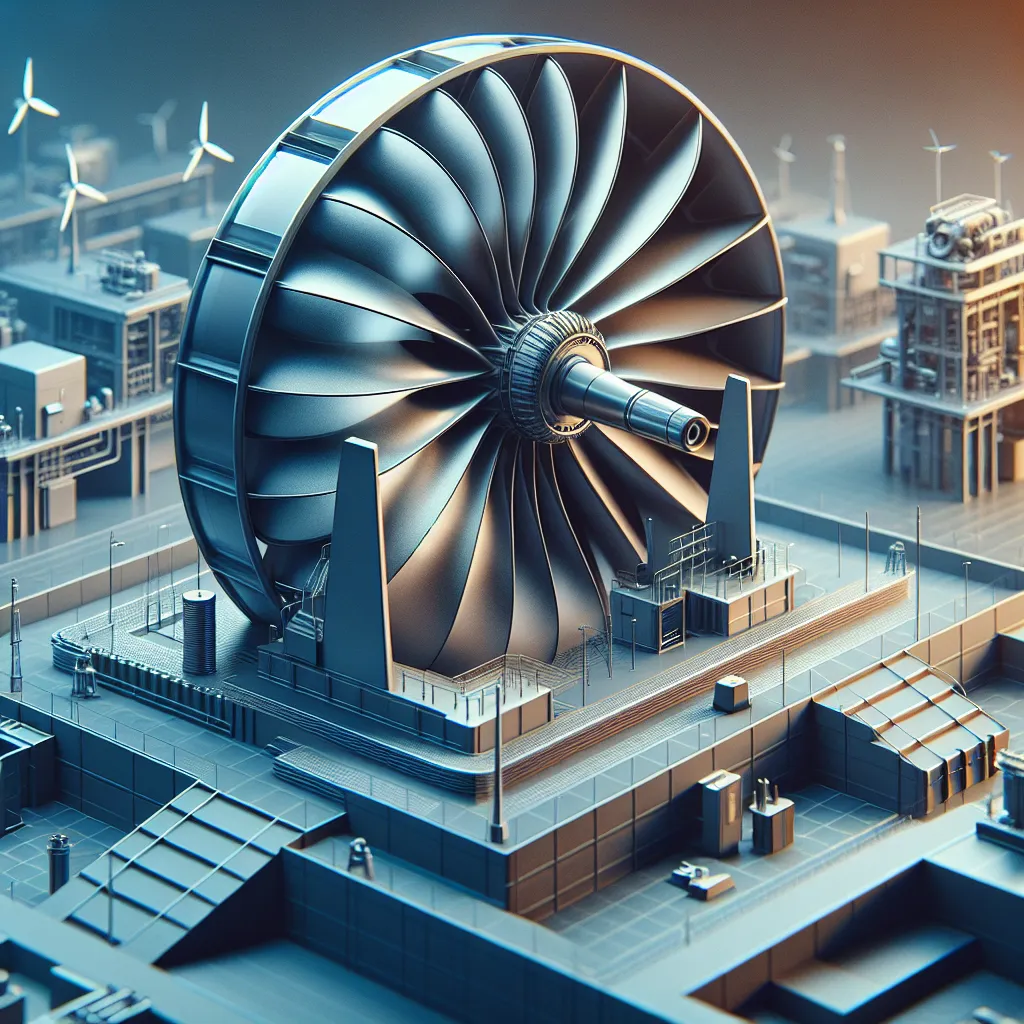Efficiency and Maintenance of Hydro Components
The article “Improving Efficiency of Hydroelectric Turbines through Advanced Design” emphasizes the critical role of advanced design in enhancing the efficiency of hydroelectric turbines. Through the utilization of advanced design techniques, such as computational fluid dynamics simulations for optimizing blade shape and the use of advanced materials like carbon fiber composites, hydroelectric turbines can achieve higher efficiency while reducing maintenance needs. The article also discusses the importance of optimizing the layout and configuration of turbines to minimize energy losses. Additionally, it highlights the incorporation of fish-friendly features for environmental sustainability. Furthermore, the importance of regular maintenance for ensuring the longevity and efficiency of hydroelectric components is emphasized. By implementing a proactive maintenance schedule, operators can prevent costly repairs and minimize downtime, ultimately contributing to continued power generation. Overall, the article provides valuable insights into improving efficiency and extending the service life of hydroelectric components, making it a compelling read for those interested in sustainable energy production.


